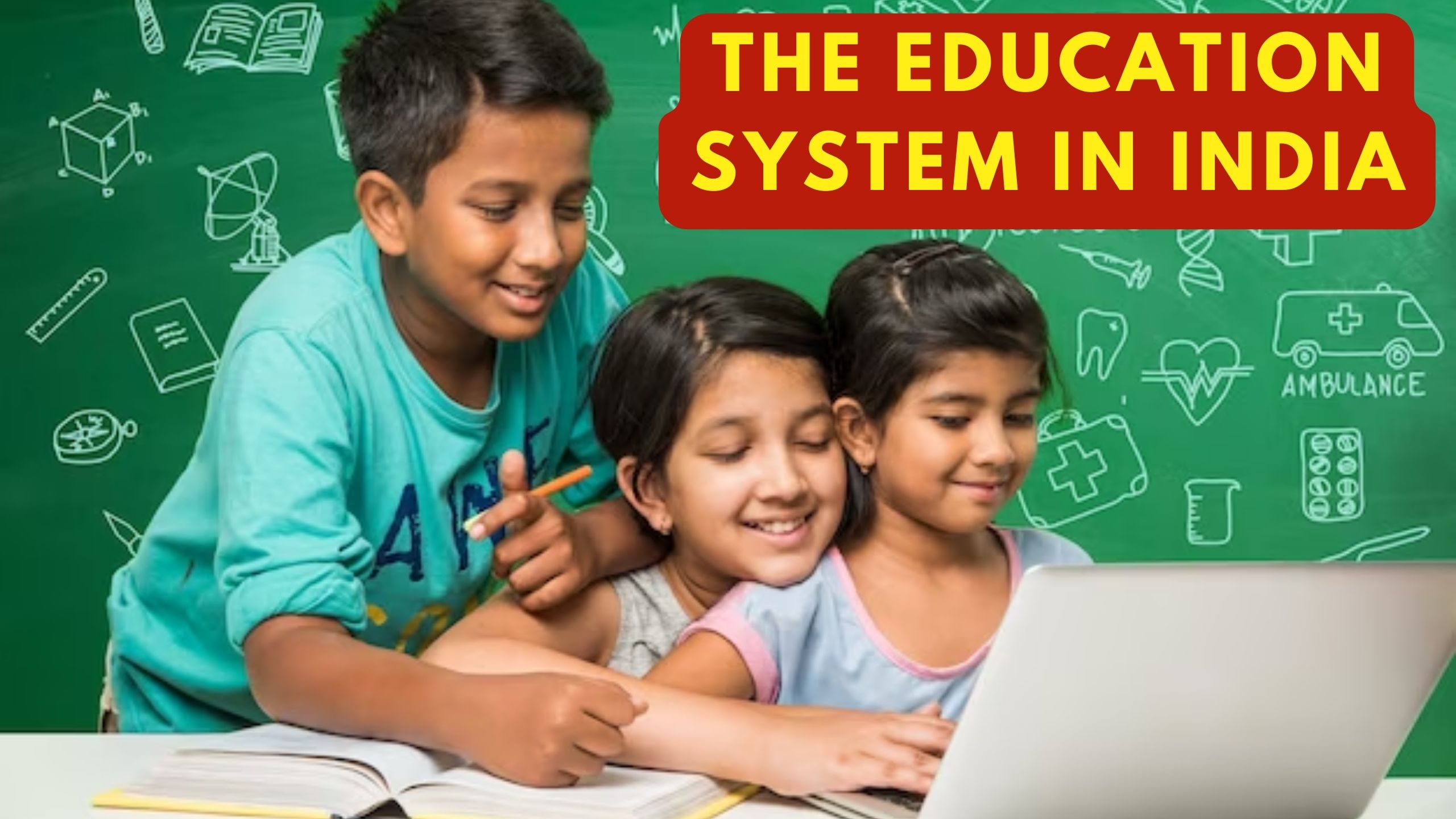The Education System in India: Challenges and Opportunities
Introduction:
The education system in India has undergone significant transformations over the years, aiming to cater to the diverse needs of a vast and culturally rich population. However, despite its efforts, the system faces numerous challenges that hinder its effectiveness. This essay explores the current state of the education system in India, highlighting its strengths, weaknesses, and potential avenues for improvement.
Historical Context:
India has a long history of educational institutions, with ancient centers of learning such as Takshashila and Nalanda. However, the modern education system in India was established during the British colonial period. Post-independence, India witnessed a surge in educational reforms aimed at democratizing access to education and fostering socio-economic development.
Strengths of the Education System:
- Diversity of Education Institutions: India boasts a wide array of educational institutions, ranging from prestigious universities and engineering colleges to schools in rural areas. This diversity caters to the varied needs and aspirations of students.
- IITs and IIMs: The Indian Institutes of Technology (IITs) and Indian Institutes of Management (IIMs) have gained international recognition for producing skilled professionals and entrepreneurs. They serve as beacons of excellence within the education system.
- Global Recognition: Indian graduates are sought after globally, contributing significantly to the workforce in various fields such as technology, medicine, and management.
Challenges Facing the Education System:
- Access and Inequality: Despite progress, there are still disparities in access to quality education. Rural areas often lack adequate infrastructure and qualified teachers, perpetuating educational inequality.
- Rote Learning vs. Critical Thinking: The education system tends to emphasize rote learning over critical thinking and practical application of knowledge. This hinders the development of problem-solving skills and creativity among students.
- Examination-centric Evaluation: The emphasis on high-stakes examinations, such as board exams, can create a stressful environment for students. This focus on rote memorization for exams may not necessarily reflect a deep understanding of the subject matter.
- Outdated Curriculum: The curriculum in many educational institutions is often outdated, failing to keep pace with rapid technological advancements and changing global demands.
Opportunities for Improvement:
- Curricular Reforms: Regular updates to the curriculum, incorporating modern technologies and relevant skills, can better prepare students for the challenges of the 21st century.
- Investment in Infrastructure: Increased investment in educational infrastructure, particularly in rural areas, can help bridge the urban-rural educational divide and provide equitable access to quality education.
- Teacher Training and Recruitment: Focused teacher training programs can enhance the quality of education by equipping educators with modern teaching methodologies and communication skills.
- Promotion of Vocational Education: Integrating vocational education into the mainstream curriculum can empower students with practical skills, making them more employable and fostering entrepreneurship.
Conclusion:
While the education system in India has made significant strides, there is still much work to be done. By addressing the challenges and seizing opportunities for improvement, India can create a more inclusive, dynamic, and effective education system that prepares its youth for the challenges and opportunities of the future. The collaboration of policymakers, educators, and the community is crucial in building a robust and responsive education system that aligns with the evolving needs of society.

